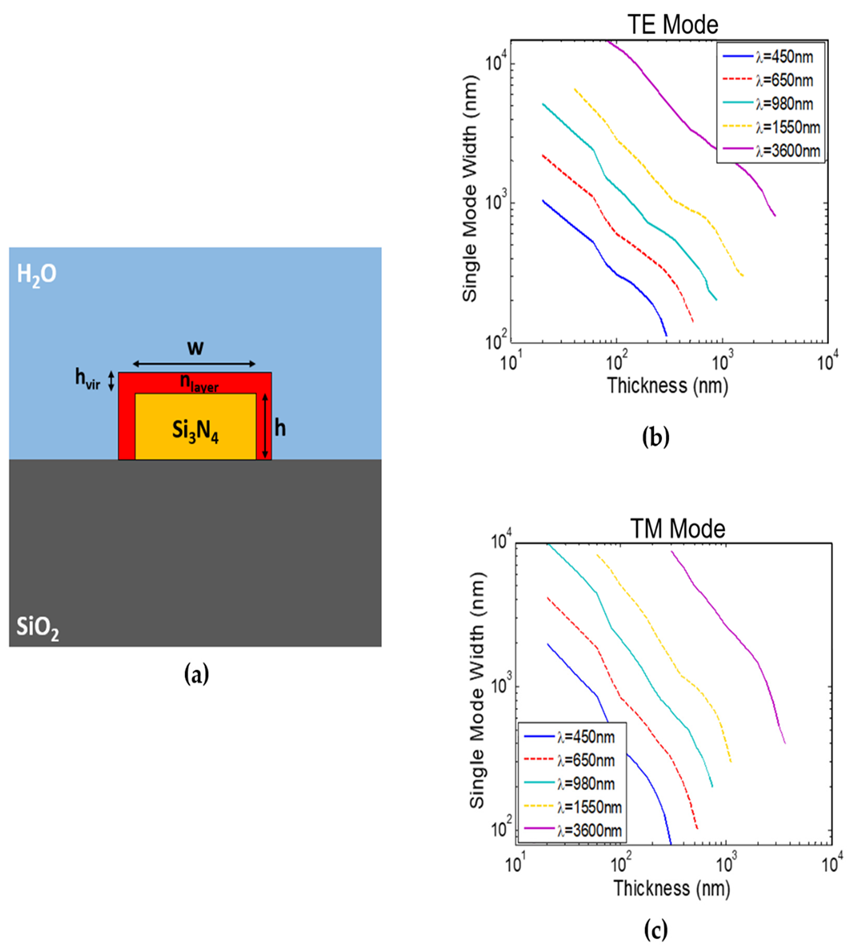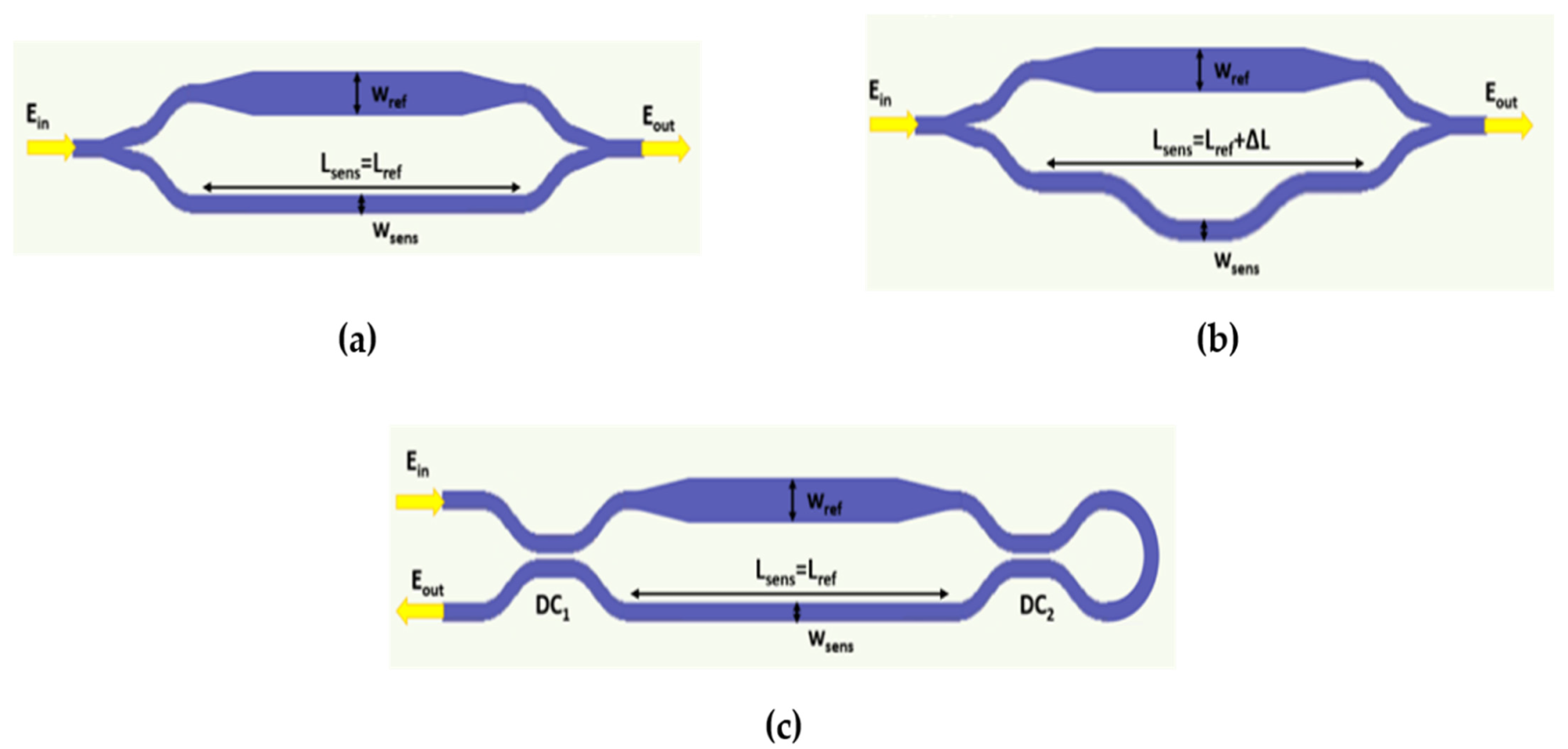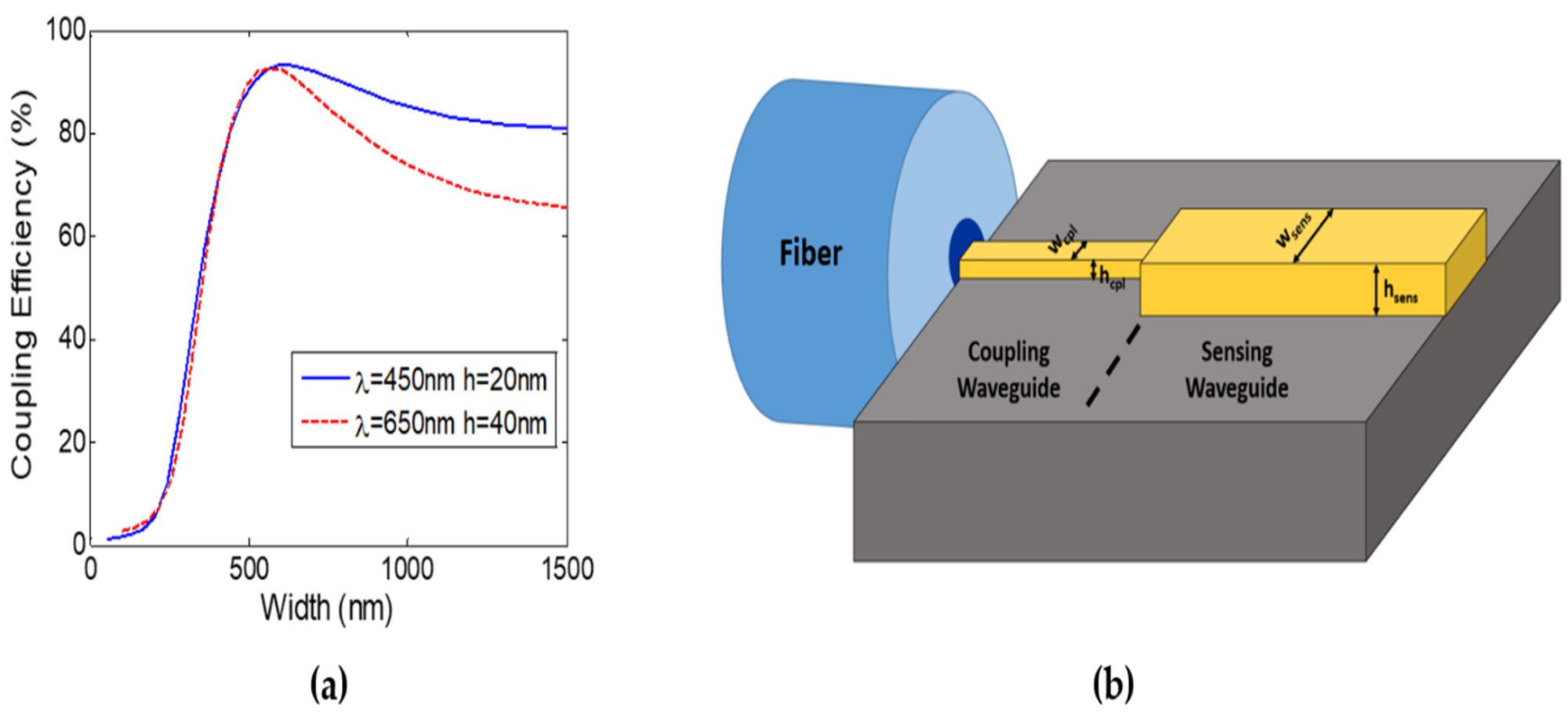 By Surbhi JainReviewed by Susha Cheriyedath, M.Sc.Feb 9 2022
By Surbhi JainReviewed by Susha Cheriyedath, M.Sc.Feb 9 2022In an article recently published in the open-access journal Sensors, the researchers reported a detailed and generic sensitivity analysis of silicon nitride on silicon dioxide strip waveguide for virus detection.

Study: Optimization of Silicon Nitride Waveguide Platform for On-Chip Virus Detection. Image Credit: Corona Borealis Studio/Shutterstock.com
Background
The coronavirus disease 2019 (COVID-19) pandemic is posing a serious threat to human lives around the world. Many individuals die each year as a result of viral infections all over the world. As a result, virus detection techniques that are easy, quick, inexpensive, and accurate are critical. The polymerase chain reaction (PCR) is a well-known method for the detection of viruses, and it is now the primary approach for COVID-19 detection. Although this approach is extremely sensitive and precise, it is costly, time-consuming, and requires complicated processes and sample preparation.
One of the most common integrated optical techniques utilized for bio-detection is optical refractive index (RI) sensing. RI sensors have high sensitivity and are rapid, compact, and inexpensive. Surface functionalization is a frequently used approach in RI biosensors to improve their selectivity. The performance of RI sensors is mostly determined by their figure of merit (FOM). The sensitivity (S) of RI sensors is separated into two categories: device sensitivity (SD) and waveguide sensitivity (WS) (Swg).
The silicon nitride on insulator (SiNOI) waveguide platform using silicon dioxide as the insulator has significant advantages for a variety of applications. SiNOI is defined as a complementary metal-oxide-semiconductor (CMOS) compatible platform, similar to the silicon on insulator (SOI) platform, that enables mass scale and low-cost production.

(a) Schematic of surface-functionalized Si3N4 on SiO2 strip waveguide for virus detection with a layer representing virus attachment. Strip waveguide single-mode width versus waveguide thickness at different wavelengths of: (b) TE mode and (c) TM mode. Image Credit: Shamy, R. S. E et al., Sensors
About the Study
In the present study, a complete theoretical investigation and optimization of a silicon nitride (Si3N4) waveguide platform on silicon dioxide (SiO2) for virus detection was presented. The waveguide surface was functionalized by the virus' antibodies, resulting in a medium index change caused solely by this virus.
The strip waveguide dimensions that optimize the waveguide sensitivity (Swg) to the virus layer adhered to its surface were determined using a finite difference eigenmode (FDE) solver. The corresponding fundamental quasi-transverse magnetic (TM) and quasi-transverse electric (TE) modes were investigated. In addition, the slot waveguide was studied and compared to the strip waveguide.
For the entire study, the operational wavelength was varied from visible to mid-infrared. The strip waveguide was also compared to the widely utilized slot waveguide. The waveguides were optimized to work with a variety of viruses of various sizes and refractive indices.
At various wavelengths, balanced Mach–Zehnder interferometer (MZI)-based sensors were constructed utilizing the photonic circuit simulator and FDE solver. For LMZI = 500 µm at λ = 450 nm, MZI sensors were constructed with a FOM as high as 1231 RIU-1. Edge coupling from the fiber to the waveguide sensor was also investigated, with the MZI design with FOM = 500 RIU-1 (refractive index unit).

Schematic of MZI sensor configurations: (a) s-MZI, (b) a-MZI, and (c) LT-MZI. Image Credit: Shamy, R. S. E et al., Sensors
Observations
In this study, the researchers observed that the silicon nitride strip waveguide operating at lower wavelengths was the optimum choice for virus detection since it increased the sensor's waveguide sensitivity (Swg) and FOM. It was discovered that Swg and FOM increase at lower wavelengths. With LMZI = 500 µm, the developed sensors had a high FOM at λ = 450 nm, ranging from 500 to 1231 RIU-1.
The constructed edge coupling from the sensor to the fiber had an insertion loss (IL) of 4.1 dB at = 450 nm for the configuration with FOM = 500 RIU-1. The developed MZI sensors with improved waveguides had FOM = 1231 RIU-1 at λ = 450 nm with an arm length of 500 µm. Also, the constructed MZI sensor had waveguide widths of more than 1 µm that can be easily manufactured in low-cost facilities.
Furthermore, it was observed that for virus detection, a strip waveguide operating at low wavelengths was the optimum option. The theoretical research revealed that the Si3N4 strip waveguide sensors had great sensitivity and, with surface functionalization, selectively detected a single virus, resulting in high selectivity.

(a) Fiber to strip waveguide coupling efficiency versus waveguide width at λ = 450 nm and λ = 650 nm with h = 20 nm and h = 40 nm, respectively. (b) Schematic of two-step fiber edge coupling. Image Credit: Shamy, R. S. E et al., Sensors
Conclusions
In conclusion, this study elucidates the potential of a Si3N4 strip waveguide as the sensing arm in the designing of multiple integrated optical sensors for virus detection. The researchers emphasized that such numerical studies are required to build a low-cost, mass-scale production of a compact and highly sensitive RI optical sensor for rapid virus detection and other biomolecules.
The authors believe that to build the virus sensor, functionalized waveguide surfaces can be used in various integrated optical devices such as interferometers and resonators. Also, coupling of the fiber edge to the chip of the sensor was investigated and improved, resulting in greater coupling efficiencies than previously observed fiber couplers.
Overall, using the SiNOI waveguide technology, the authors developed a universal viral detection approach. The optimized waveguides are highly suited for detecting diverse bio-analytes. The authors believe that the data and analyses presented here are general, implying they may be used to a broad range of biomolecules of various sizes and refractive indices.
Disclaimer: The views expressed here are those of the author expressed in their private capacity and do not necessarily represent the views of AZoM.com Limited T/A AZoNetwork the owner and operator of this website. This disclaimer forms part of the Terms and conditions of use of this website.
Source:
Shamy, R. S. E., Swillam, M. A., Li, X. et al. Optimization of Silicon Nitride Waveguide Platform for On-Chip Virus Detection. Sensors 22(3), 1152 (2022). https://www.mdpi.com/1424-8220/22/3/1152